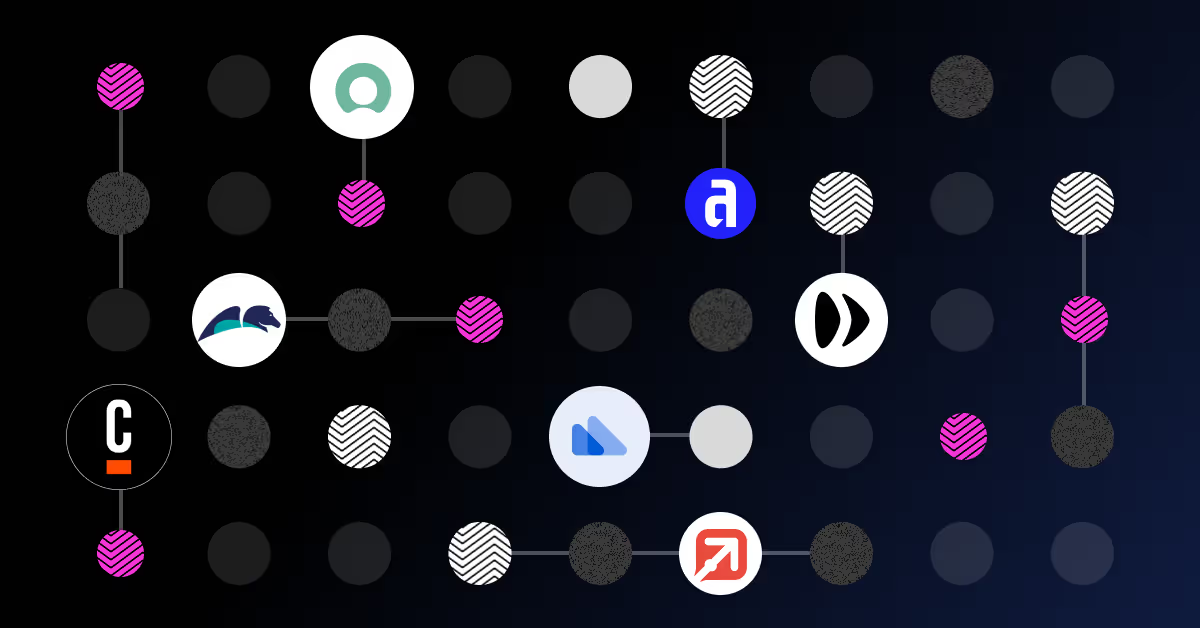Improving operational efficiency in insurance

"Insurers are increasingly dependent on emerging technologies and data sources to drive efficiency and enhance cybersecurity."
2022 Insurance Outlook, Deloitte.
The insurance industry isn't immune from the financial problems sweeping the globe post-pandemic, or the hybrid working culture. As insurance businesses have adapted to the 'new normal', they've also had to get used to recruitment becoming a 'candidates market', meaning that it's harder and harder to attract, recruit and retain tech talent. In sync with this shift, customers are demanding better, more personalized experiences.
What is operational efficiency in insurance?
For the average insurance company, improving operational efficiency is a goal that’s riddled with complexities. Policies and processes frequently involve multiple stakeholders, claims procedures are intricate, and industry regulations are both strict and extensive. Meeting customer expectations and SLAs is of foremost importance but time-consuming paperwork slows everything down.
Many of these issues can be solved with the adoption of new technology and automation solutions, but compatibility with legacy systems can present a stumbling block. The answer lies in a technology-agnostic, end-to-end solution that allows you to manage these various threads on one system.
The benefits of operational efficiency in insurance
Taking measures to improve operational efficiency in an insurance business can bring the following advantages.
- Satisfied customers. Swift and accurate customer service is achieved through streamlined processes and reduced response times. Policyholders get a better experience, keeping customers loyal and happy.
- Cost savings. Automated and optimized workflows minimize the time and resources spent on manual work. Plus, error rates significantly decrease, which also saves insurance businesses money.
- Optimal resource allocation. Unburdened by fractured processes and manual procedures, teams are able to focus on strategic matters that contribute to growth and profitability.
The insurance industry needs to embrace digital transformation
There needs to be a paradigm shift in the way insurance businesses work in order to maximise productivity and meet the expectations of customers and employees. However, this is only possible if businesses are willing to undergo digital transformation in order to realize their workforce and capacity potential.
Let's take a look at some tried and tested tactics for improving operational efficiency in insurance.

Tactic 1: Automate invoice processing
Manual invoice processing involves multiple touchpoints, resulting in longer processing times. It's dull, repetitive work for employees which increases the chance of errors and data discrepancies. Orchestration tools like Enate automate the invoice process increasing operational efficiency and minimizing efforts, allowing employees to focus on customer service initiatives.
Tactic 2: Streamline employee onboarding
Insurance firms frequently handle business with multiple stakeholders – TPAs, customers, agents, and brokers. This calls for an institutionalized onboarding process in place to create a good impression and establish business credibility. An orchestration tool can streamline your company's onboarding process, bring employees and partners up to speed, and build loyalty.
Tactic 3: Get visibility of tasks and work
Insurance agents often make sales visits to the customers' place. But managers often find it difficult to stay on top of these meetings. Similarly, when a new claims request comes in, it needs to be effectively triaged. So, unless companies all work from one end-to-end system, they will not be able to have full visibility, efficiently organize their employee tasks, and harness their full workforce potential.
Tactic 4: Service Level Agreement adherence
Managing and prioritizing policy updates is a strenuous business task. Major changes in policies need the intervention of many departments, while a minor change request does not require much probing. Process orchestration helps standardize this process in accordance with SLA priority, reducing TATs, AHTs, and resulting in a better customer experience.

Tactic 5: Merging new technology & legacy systems
The biggest technical challenge the insurance industry faces is the integration of up-to-date technologies in existing processes, such as underwriting, claims processing, etc. Too often, processes are scattered around in various pockets and fragmented in a mix of old legacy systems making it hard to see the bigger picture and make efficient change. A process orchestration tool can wrap around your current legacy systems and tech stack, enabling everyone in the business to work from the same centralised system.
Tactic 6: Intelligent automation
Although technologies such as artificial intelligence and RPA (bots) can speed up work cycles, it's always better to keep humans in the loop. Many businesses are quick to adopt RPA and artificial intelligence, and then end up in hot water when something goes wrong. By enabling humans and digital workers (bots) to work together, you can ensure that mistakes are kept to a minimum and humans are on stand-by, while having the ability to concentrate on more challenging work.
About Enate
Enate is an end-to-end workflow platform that allows you to organise your operations, automate repetitive processes, assign the right task to the right person (or bot) and deliver work on time. Get full visibility, solve operational challenges and transform the way you work.





